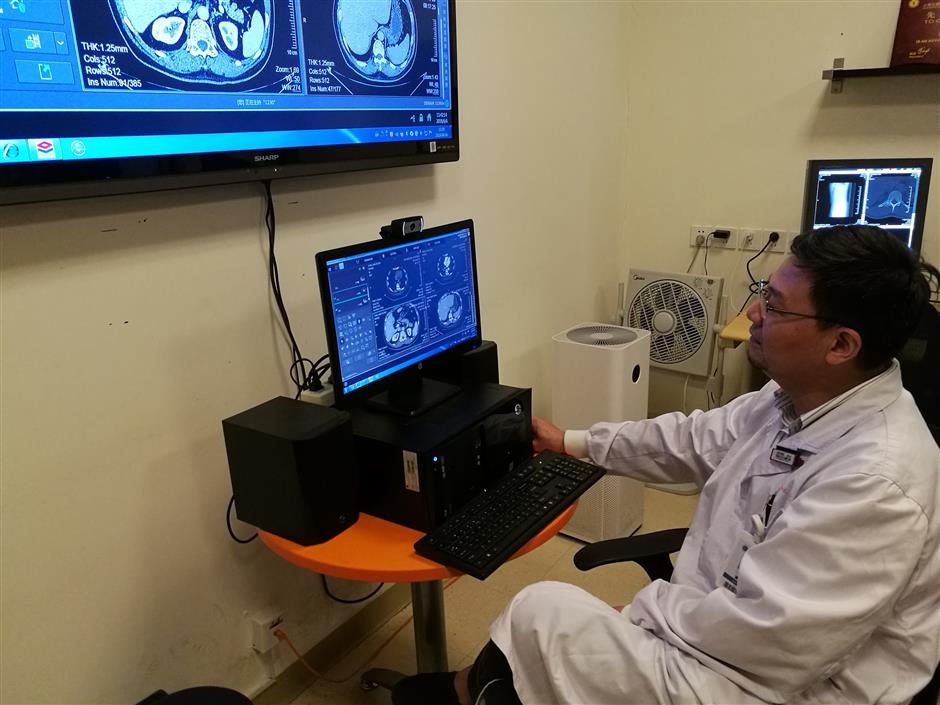More patients placing trust in 'grassroots' medical services
Instead of flocking into the city’s top hospitals, Shanghai residents increasingly put their trust in district- and town-level doctors who are trained by and work with more skilled colleagues from top hospitals.
Last year, Jiading District became one of the latest districts in Shanghai to step on board with the city’s wide ranging health reforms, which encourage hospitals of all levels to work together to offer better medical services at the grassroots level. The effort has paid off, according to data released on Wednesday.
From January to March this year, the number of outpatients at the district's 20 community health service centers and their sub-centers hit 1.08 million, a 3.2 percent rise from last year, according to the district’s health authority.
Ruijin Hospital North of Shanghai Jiaotong University’s School of Medicine is one of the four top hospitals which lead “unions” of multilevel hospitals in the district of 1.6 million residents.
Through the unions, patients who can’t be treated at the grassroots level are handed over to leading hospitals through a “green channel," after which grassroots doctors take over care of the patients and monitor their conditions.
Qiu Yanqing, director of the community health service center of Nanxiang Town, said 82.8 percent of the community's residents noted they were aware of the community health service in a survey late last year, a slight increase from previously, while the number of its outpatients in the second half of last year increased 20 percent from the first half.
Zhu Jie, director of the community health service center of Malu Town, said residents in the town increasingly seek their services, especially drawn by the “green channel” to top experts.
“If they make an appointment in person with the experts at top hospitals, they’ll probably wait a month to see them, but through our service the wait is just a few days,” he said.
Chu Shaoli, a doctor of the Hypertension Department of Ruijin Hospital North, said doctors at the grassroot level are making more and more precise diagnoses after training given to them by experts from her hospital.
“Now most of the patients they hand over to us are really hard cases which require the most experienced doctors in the field,” she said.

Pan Zirong, a doctor of the Radiology Department of Ruijin Hospital North, takes a video call on Wednesday morning with a doctor from Nanxiang Hospital, a town hospital, over the diagnosis of a patient with liver illness.
Zheng Yanhui, an official of the district health authority, said the district aims to standardize medicines offered across all hospitals by the end of the year so that patients won't need to go to top hospitals to get certain medicines. This measure is expected to relieve crowding at top hospitals to a great extent.
Jiading District is also the first district in Shanghai to establish a distance ultrasonic diagnosis center that includes all hospitals this year. So far 1,560 cases have been handled by the center.
With doctors trained in pediatrics, 12 of the 13 community health service centers of the district now offer pediatric services. The total number of outpatients and emergency patients seeking services at hospitals up to the district level increased 14.7 percent in 2017 over 2016.















